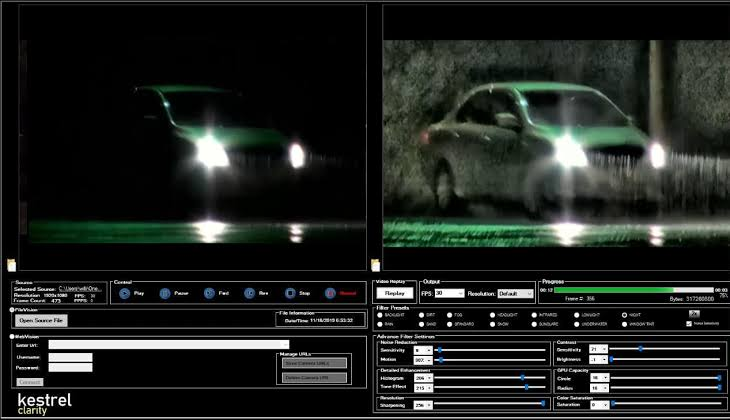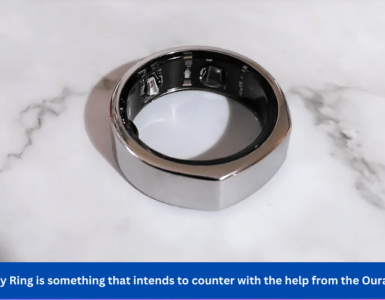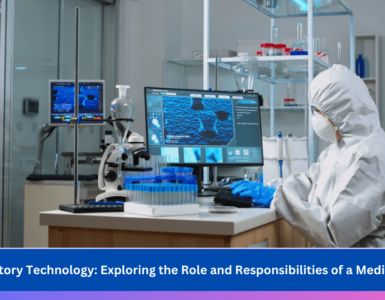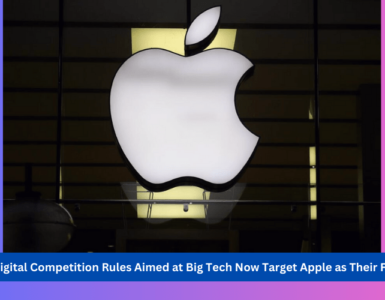CCTV video enhancement software plays a crucial role in improving the clarity and detail of surveillance footage. However, there are obstacles in the way of achieving optimal accuracy in video enhancement. The software’s ability to produce accurate results can be hindered by low-resolution footage, noise, compression artifacts, and poor lighting conditions. To improve video analysis and investigation accuracy, we examine the unseen challenges that CCTV video enhancement software faces and discuss ways to overcome them.
Unseen Obstacles of CCTV Video Enhancement Software and Ways to Overcoming Them
CCTV (Closed-Circuit Television) video enhancement software has become an invaluable tool in improving the quality and clarity of surveillance footage. It allows investigators to analyze crucial details, identify suspects, and reconstruct events accurately. However, despite its advantages, there are some unseen obstacles that can pose challenges during the enhancement process.
The Challenge of Low-Resolution Footage
Images that are pixelated or blurry lack the necessary level of detail for precise analysis. Utilizing sophisticated algorithms that make use of methods like super-resolution, which have the ability to improve image sharpness and resolution, is necessary to overcome this limitation. Using interpolation techniques and noise reduction algorithms can also improve the visual quality of low-resolution footage, allowing for better video enhancement accuracy.
Tackling Noise and Compression Artifacts
Noise and compression artifacts frequently lower the quality of surveillance footage. These undesirable components have the potential to distort crucial details and put at risk the accuracy of video enhancement software. Artifact removal and sophisticated noise reduction algorithms are used to circumvent this limitation. These algorithms look at the image to find patterns of noise and compression artifacts. They then reduce the impact of these things while keeping the important information about the image. CCTV enhancement software can make the visual representation clearer and more accurate by reducing noise and compression artifacts.
Adapting to Poor Lighting Conditions
Challenges arise when dealing with surveillance footage captured in low-light or challenging lighting conditions. It can be difficult for video enhancement software to accurately analyze the footage if there isn’t enough lighting since this can lead to dark and unclear images. Using specialized algorithms that increase brightness and contrast and reveal crucial details even in low light situations is necessary to overcome this limitation.
In addition, when analyzing surveillance footage that was captured in low-light conditions, tools like histogram equalization and adaptive image enhancement can be used to improve visibility and accuracy.
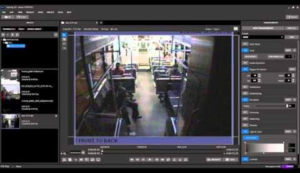

Enhancing Object Recognition and Tracking
For video analysis to be successful, accurate object recognition and tracking are essential. However, when dealing with complicated scenes, occlusions, or similar-looking objects, limitations arise. Advanced machine learning and deep neural network algorithms are utilized to overcome these obstacles. Video analysis accuracy improves via training these algorithms to recognize and track specific objects or behaviors. Additionally, object tracking capabilities are enhanced by combining object recognition with motion estimation and feature-based tracking, ensuring the accurate identification and tracking of objects in the surveillance footage.
Leveraging Human Intervention and Verification
Despite the fact that CCTV video enhancement software can automate and improve the process of analysis, the human element remains essential to achieving optimal accuracy. The results obtained from video enhancement software can only be refined through human intervention and verification. Expert analysts can review and validate the enhanced footage, ensuring that critical details are correctly identified and interpreted. Utilizing the expertise of human operators and working together to improve accuracy can make it possible to analyze surveillance footage in a more comprehensive manner.
Wrap Up
Overcoming the limitations in CCTV video enhancement software accuracy is crucial for ensuring reliable video analysis and investigation. The accuracy of video enhancement can be significantly improved by addressing obstacles like low-resolution footage, noise and compression artifacts, dim lighting, and limitations in object recognition. Advanced algorithms, specialized methods, and human expertise can further improve accuracy, making it possible to conduct surveillance, forensic analysis, and investigations with greater efficiency. We can harness the full potential of CCTV video enhancement software and ensure more accurate and reliable video analysis by continuously striving to overcome these unseen obstacles.

